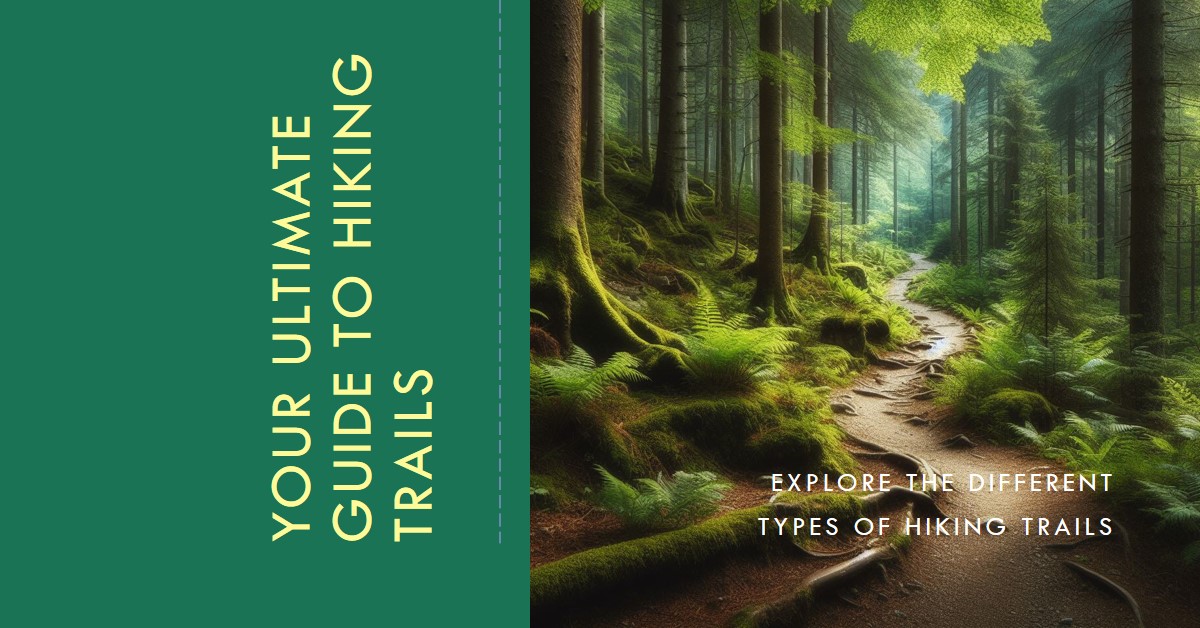To be safe while hiking, hike with a buddy and avoid walking off-trail or entering closed areas. Walking off-trail increases the risk of injury or getting lost.
Additionally, make sure to let someone know where you’re going, carry a first aid kit, a whistle, and a flashlight with extra batteries, stay on the trail, and follow trail markers and signs. It’s also important to be aware of hiking dangers such as getting lost, fatigue and dehydration, hypothermia and heatstroke, accidents and injuries, bites, scratches, and toxic plants, and medical incidents.
Beginners should plan accordingly, invest in proper gear, not rely solely on a smartphone for navigation, hike with others, assess their fitness level, keep track of distance, and hike responsibly. Stay dry by dressing in layers and choosing moisture-wicking clothing. Check the forecast to avoid dangerous weather conditions.
Table of Contents
Hike With A Buddy: Ensure Safety In Numbers
Hiking with a buddy is crucial for ensuring safety on the trails. By using the buddy system, you can reduce the risk of getting lost or injured while enjoying the great outdoors.
| Benefit of using the buddy system while hiking |
| Hiking with a friend or family member can significantly increase safety while on the trail. Using the buddy system ensures that there is someone to watch your back and provide assistance if needed. In case of an emergency or injury, having a companion can make all the difference in getting help quickly. Additionally, hiking with a buddy offers the benefit of shared knowledge and experience, allowing you to learn from each other and make better decisions on the trail. |
- Importance of hiking with a friend or family member
- Hiking with a friend or family member provides a sense of security and companionship.
- Having someone to share the experience with can make hiking more enjoyable.
- In case of an emergency, having a companion can ensure that help is readily available.
- A hiking buddy can offer different perspectives and insights on the trail.
- Avoiding walking off-trail or entering closed areas
- Walking off-trail can increase the risk of injury and getting lost.
- Cutting across switchbacks erodes the hillside and damages the trail.
- Entering closed areas can disrupt the natural ecosystem and put yourself at risk.
- Stick to designated trails and respect park regulations for a safe hiking experience.
Staying On Trail: Prevent Injuries And Get Back Safely
| Staying on Trail: Prevent Injuries and Get Back Safely | |
|
|
| How do you keep yourself safe while hiking? | |
|
Hike with a buddy: Use the buddy system and hike with a friend or family member. Do not walk off-trail: Do not walk off-trail or enter closed areas. Cutting across switchbacks erodes the hillside and eventually destroys the trail. Plus, walking off-trail increases your chance of suffering an injury or getting lost. |
To ensure your safety while hiking, it’s important to let someone know where you’re going and when you plan to return. You should also carry a first aid kit, a whistle, and a flashlight with extra batteries. Stay on the trail and avoid getting lost by following trail markers and signs. |
| Top Hiking Dangers: | |
|
|
| Seven hiking safety tips for beginners: | |
|
|
| Hiking Safety Tips: | |
|
Be courteous and observe trail etiquette: Communicate with others and step aside to yield, if possible, when others approach you on a trail. |
Safety items: fire, light, and a whistle. The warmth of a fire and a hot drink can help prevent hypothermia. Fires are also a great way to signal for help if needed. |
Essential Safety Tips For Hiking Beginners
When it comes to hiking, safety should be a top priority, especially for beginners. Planning accordingly is essential for a safe hiking experience. It is important to invest in the proper gear that includes appropriate clothing, footwear, and equipment. While smartphones can be a helpful tool, it is recommended to avoid relying solely on them for navigation. Hiking with others, especially for beginners, is crucial as it provides additional support and assistance in case of any emergencies. Before embarking on a hike, it is vital to evaluate your fitness level and choose a trail that is suitable for your abilities. Keeping track of the distance covered while hiking helps ensure a smooth and successful outing. Lastly, practicing responsible hiking habits such as staying on designated trails and following trail markers and signs contributes to a safe and enjoyable hiking experience.
Frequently Asked Questions On How To Be Safe While Hiking
How Do You Keep Yourself Safe While Hiking?
To stay safe while hiking: 1. Hike with a buddy. 2. Stay on the trail and don’t walk off-trail or enter closed areas. 3. Let someone know your hiking plans and carry a first aid kit, whistle, and flashlight. 4. Be aware of hiking dangers like getting lost, fatigue, dehydration, and accidents.
5. Plan ahead, invest in proper gear, and hike responsibly.
What Should I Be Careful Of When Hiking?
To be careful when hiking, follow these guidelines: 1. Hike with a buddy to stay safe and avoid getting lost. 2. Stick to the designated trails and avoid walking off-trail or entering closed areas. 3. Let someone know your hiking plans and carry a first aid kit, whistle, and flashlight.
4. Be aware of potential dangers such as getting lost, fatigue, dehydration, accidents, bites, and medical incidents. 5. Plan accordingly, invest in proper gear, hike with others, assess your fitness level, and practice trail etiquette.
What Are The Top 5 Hiking Risks?
The top 5 hiking risks are getting lost, fatigue and dehydration, hypothermia and heatstroke, accidents and injuries, and bites, scratches, and toxic plants.
What Are The 7 Tips For Hiking?
To stay safe while hiking, follow these 7 tips: 1. Hike with a buddy to have someone with you in case of emergencies. 2. Stay on the trail and avoid walking off-trail or entering closed areas. 3. Let someone know your hiking plans and expected return time.
4. Carry a first aid kit, whistle, and flashlight with extra batteries. 5. Invest in proper hiking gear and clothing. 6. Don’t rely solely on your smartphone for navigation. 7. Be mindful of your fitness level and track your distance while hiking.
Stay safe and enjoy your hike!
Conclusion
In order to ensure your safety while hiking, it is important to follow certain guidelines. Always hike with a buddy to have someone to rely on in case of emergencies. Stay on the designated trail and avoid walking off-trail or entering closed areas.
This not only protects the environment but also reduces the risk of injuries or getting lost. Additionally, let someone know your hiking plans and carry essential items such as a first aid kit, whistle, and flashlight. By practicing these safety measures, you can have a worry-free and enjoyable hiking experience.
Stay safe and happy trails!














